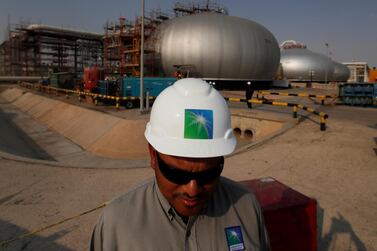The non-oil private sector economy of Saudi Arabia further improved in November on the back of continued growth in work orders, according to a new report from IHS Markit.
The headline seasonally adjusted Saudi Arabia Purchasing Managers’ Index — a gauge designed to give a snapshot of operating conditions in the non-oil private sector economy — rose to 58.3 in November, from 57.8 in October, the highest level in more than four years.
"November's PMI data for Saudi Arabia revealed a stronger improvement in underlying economic conditions and, when coupled with the recent improvements in growth momentum, point to a faster rate of non-oil GDP expansion for the fourth quarter of 2019,” said Amritpal Virdee, an economist at IHS Markit.
"A bright spot was a quickening of overall new order growth, which reached its fastest pace since April 2015. Stronger demand conditions helped outweigh continued weakness in job creation and slower output growth.”
Confidence among non-oil private sector firms towards future output remained strong in November due to positive forecasts of underlying economic conditions and plans for improved products. The degree of optimism was the highest since April, the report noted.
On the price front, the latest data showed the third increase in charges for goods and services in the past four months. However, the rise in selling prices was marginal. Overall input prices continued to increase in November, but the rate of inflation eased for the second month running and was subdued by historical standards, the report said.
"Overall, the private sector economy is well-placed as we look forward to 2020, with the survey's forward looking gauge, the Future Output Index rising to a nine-month high on the pace of new product initiatives and more positive forecasts for underlying demand,” added Mr Virdee.
Employment among non-oil private sector companies also rose in November, though the rate of job creation was marginal and subdued by historical standards.
Underpinning the positive PMI reading was a further increase in output. Although steep, the rate of expansion eased to the slowest in four months during November.
The report also found inflows of total new business increased at a faster pace in November with the rate of growth steep and the quickest since April 2015. This partly reflected a further pickup in new export orders, which increased at a sharper pace than in October.







